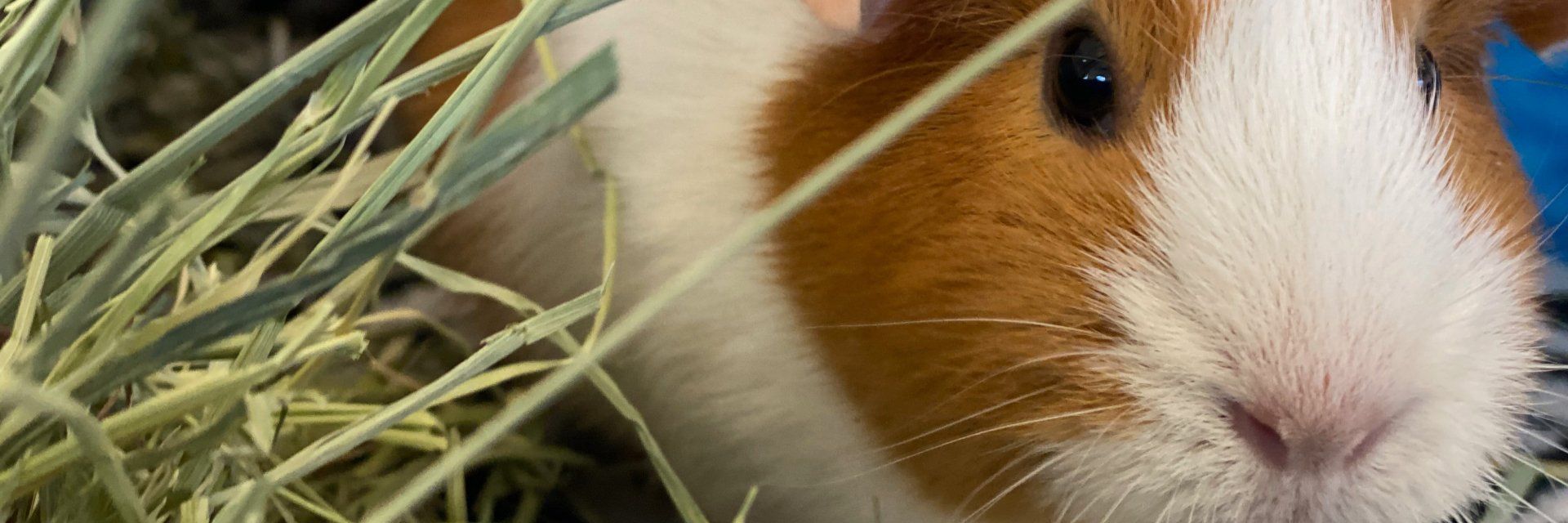Animals Cams, Activities, and Family Time (oh my!)

You already know the Montessori science curriculum supports learning about biology at all ages. Whether your child is three or 17, animals present an important part of their studies throughout the year. Why? Well, kids love animals. Besides, learning about animals opens windows into all types of studies, including history, geography, art, reading, writing, and so much more.
This week we share some of the coolest live animal cam feeds from around the world. Checking one out, and keeping tabs on it periodically, can be a great jumping off point for learning as a family and spending quality time together. Along with each different animal cam, we have included related activities for kids of all ages, giving you the opportunity to dive deeper if your child seems interested.
Please do keep in mind that live camera feeds are unpredictable. Sometimes it can be frustrating when an animal is just sleeping, or even hiding. Animals can also exhibit all kinds of surprising behaviors. Some of the feeds include advertisements before loading. All this is just to say: some parents may feel more comfortable previewing feeds first, otherwise, expect the unexpected! After all, learning about animals is always fun and exciting. Enjoy!
San Diego, California, United States
● For young children - Printable Montessori giraffe nomenclature cards
● For elementary - Read Giraffe Problems
● For teens - Learn to paint a watercolor giraffe
Naked Mole Rats at the Smithsonian
Washington, DC, United States
● For young children - Read Naked Mole Rat Gets Dressed
● For elementary - Watch a video to learn about naked mole rats
● For teens - Check out this list of 10 amazing facts
White-Tailed Deer at the Brownville Food Pantry for Deer
Brownville, Maine, United States
● For young children - Make a paper deer
● For elementary - Create a clay deer
● For teens - Learn about the impact of deer populations
Sea Nettle Jellies at the Monterey Bay Aquarium
Monterey, California, United States
● For young children - Learn a song and dance
● For elementary - Explore facts and photos about jellyfish
● For teens - Take a look at this interesting map
King Cobra at the Arignar Anna Zoological Park
Vandalur, Tamil Nadu, India
● For young children - Make a tasty snake-inspired snack
● For elementary - Learn how to say “snake” in over 100 different languages
● For teens - Listen to a podcast
Birds (and advantageous squirrels) at a garden feeder
Southern Alberta, Canada
For all ages-
● Learn how to make your yard bird-friendly
● Try birding together as a family
Pacific Coral Reef Fish at the National Aquarium
Baltimore, Maryland, United States
● For young children - Read a poem by Eloise Greenfield
● For elementary - Read about some of the fish that live in the Great Barrier Reef
● For teens - Watch a documentary about coral reefs
Giant Pacific Octopus at the Hatfield Marine Science Center
Newport, Oregon, United States
● For young children - Make a playdough octopus (with 8 legs!)










